The Genesis: Do Ho Suh – Walk the House at Tate Modern
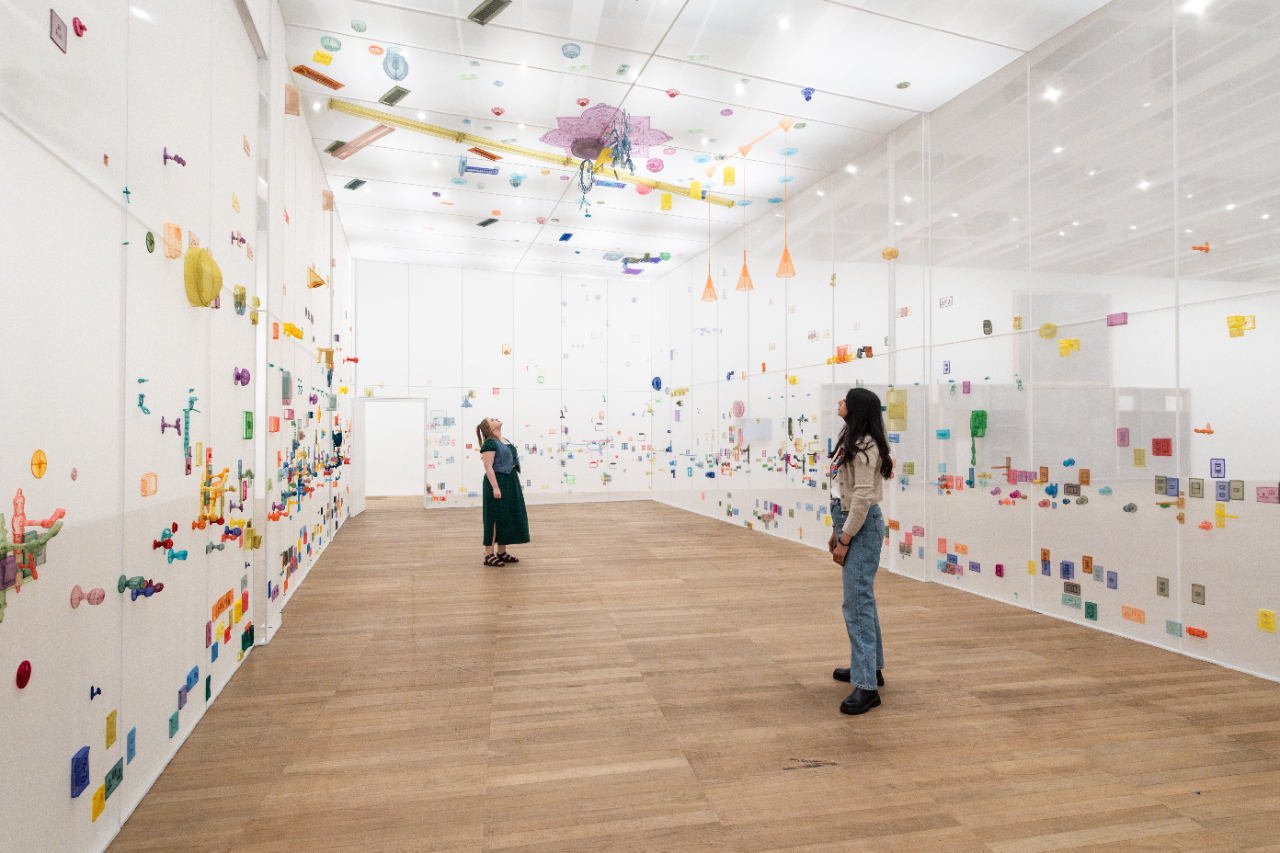
Why do we grow so attached to the spaces we briefly inhabit? The homes we are born into, the apartments we rent, the buildings we pass through in transit? Places we tell ourselves we’ve left behind, but, in truth, never quite do. In Do Ho Suh: Walk the House, now at Tate Modern, the Korean-born artist offers not an answer, but a tender, meticulous mapping of that lingering attachment – a cartography of memory, constructed in translucent fabric and ghostly rubbings.
This is Suh’s first major solo exhibition in London in nearly two decades. It’s also, fittingly, a return home. Suh has long explored the nature of home not as a fixed point, but a movable construct – something one can carry, remake, reassemble. The exhibition’s title is drawn from the Korean idiom hanok, which he first heard as a child, during the construction of his family home in Seoul. Hanoks are traditional houses that can be disassembled and relocated. “Walking the house,” they called it. Suh has taken that idea literally and metaphorically, walking his past lives into the gallery space.
At the centre of this show is a collection of Suh’s now-iconic fabric installations: 1:1 scale replicas of rooms and corridors he has inhabited in Seoul, Berlin, London and New York. Made from diaphanous polyester in gentle shades of rose, sea-green and smoke-blue, the rooms are suspended like memories you can step into. You walk through stitched simulacra of door handles, intercoms, towel rails – ghost-objects rendered in thread and tulle. There is something both theatrical and intimate about the experience, as if you are trespassing through someone’s past, but with their blessing.
The monumental Rubbing/Loving: Seoul Home (2013-22) is perhaps the exhibition’s emotional anchor. For this, Suh returned to his childhood home in Seoul and covered its façade with paper, rubbing every inch of it by hand over nine months, before removing and reconstructing it at Tate using delicate aluminium scaffolding. The effect is uncanny. The building is not present, and yet it is here – a ghost of itself.
Elsewhere, Perfect Home: London, Horsham, New York, Berlin, Providence, Seoul (2024) reimagines Suh’s current London home as a kind of memory palace. Its white polyester skin is punctuated with candy-coloured fabric castings of fuse boxes, light switches and thermostats from the many places Suh has lived. It reads like a sculptural diary of the everyday: objects our hands reach for instinctively. Like the flick of a switch in a hallway, these gestures linger in the body, even when the mind lets them go.
Not every work resonates with the same clarity. The video pieces, including Robin Hood Gardens (2018), which documents the demolition of building blocks in East London using drones and photogrammetry, feel somewhat didactic and remote, especially when juxtaposed with the intimacy of Suh’s architectural replicas. These are studies in erasure, too, but their digital abstraction lacks the tactile poignancy that defines the rest of the exhibition.
More affecting is Time Pockets, a collaboration with Suh’s wife, artist Rebecca Boyle Suh. The couple created child-sized tunics for their young children, each one sewn with small pockets containing beloved toys and personal objects. The result is quietly devastating: a wearable scrapbook of childhood, an architecture of emotion rendered in miniature. You find yourself remembering your own objects: a doll, a locket, the hem of a blanket. The gallery shifts from museum to memory chamber.
What makes Walk the House so powerful is not only its personal scale but its generosity. Suh’s work is obsessive, yes – a kind of conceptual hoarding – but the compulsiveness is never self-indulgent. He is not asking you to witness his memories; he is offering a framework for your own. His fabric homes are, in the end, not about places but about time – how it accumulates, how it slips away and how it might be held, for a moment, in thread.
You leave the exhibition haunted, but also comforted. You think of the flats you lived in in your 20s, the kitchen you wept in, the hallway where you kissed someone for the first time. Suh hasn’t let go of these places. And maybe you don’t have to either.
Constance Ayrton
Photos: Tate Photography (Jai Monaghan)
The Genesis: Do Ho Suh – Walk the House is at Tate Modern from 1st May until 19th October 2025. For further information or to book visit the exhibition’s website here.


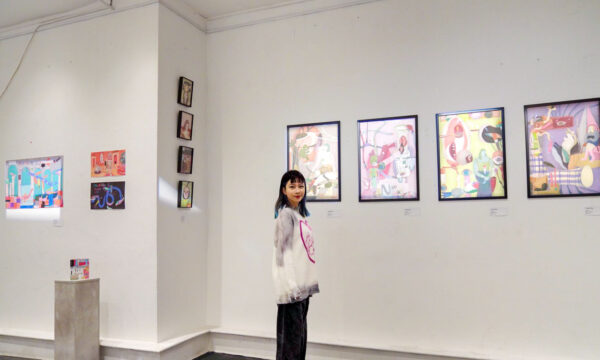
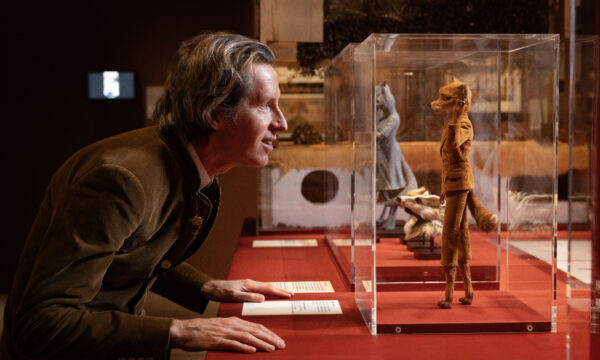
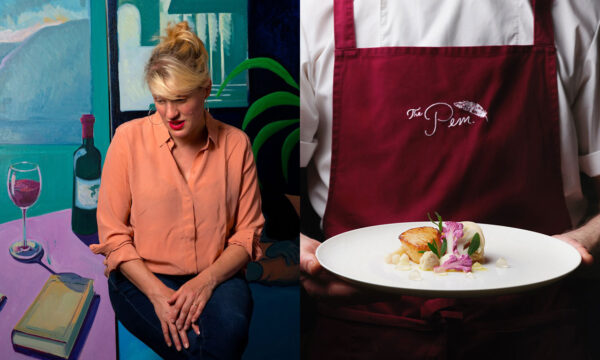
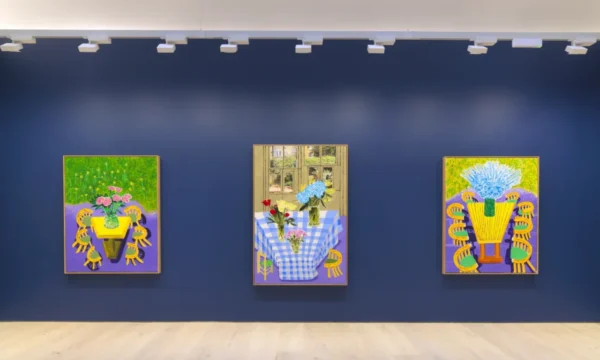
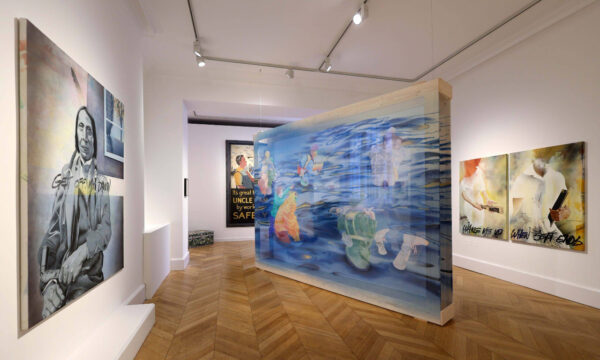
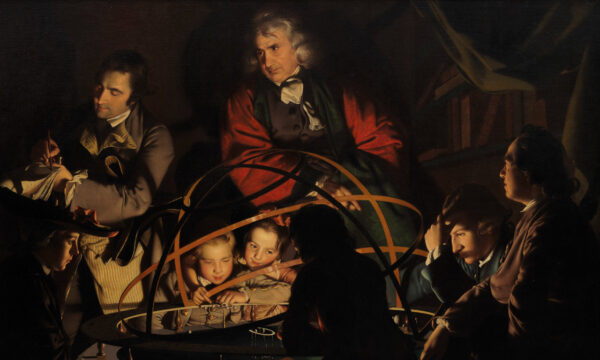
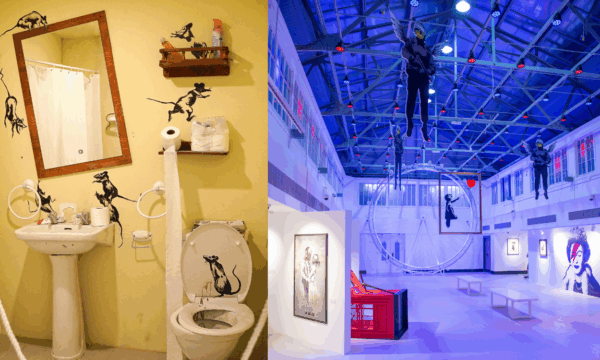
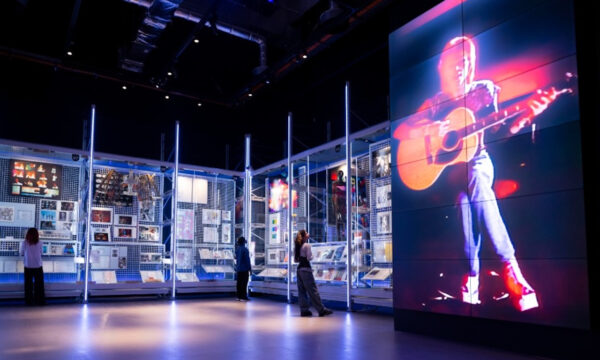


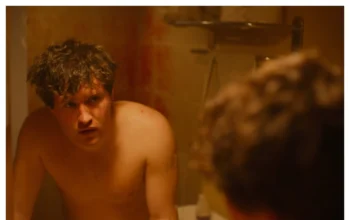






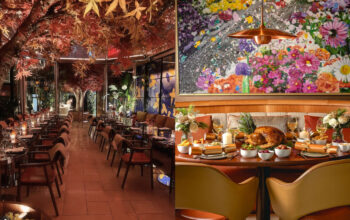





Facebook
Twitter
Instagram
YouTube
RSS